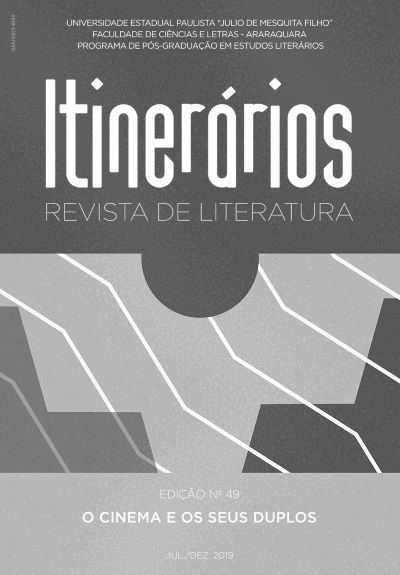Tightrope: the representation of childhood in the adaptation of the literary work to the cinema
DOI:
https://doi.org/10.58943/irl.vi49.12180Keywords:
Intertextuality, Lygia Bojunga, Movie genre, Semiotics, Tightrope,Abstract
One can consider that the literary adaptation to the cinema starts from the concept of intertextuality. Intertextual theory proposes that all discourse is intertwined with other discourses and, in this sense, adaptation presents itself as a great network of intertwined discourses, an aim that the present article intends to demonstrate through a comparative study between the book and the movie adaptation of Tightrope. In addition, the work and the movie bring the representation of childhood in an emancipatory way. In order to achieve this, at first, some theoretical questions will be discussed to support this study, and then a critical analysis of the film Maria’s Tightrope, produced in 2012 by Eduardo Goldenstein, an adaptation of the book Tightrope, by Lygia Bojunga (1979) will be presented. It has been verified that the movie functions as hypertext, with links that impel the reader-spectator to traverse a true rhizomatic map and give meaning to the text, according to their perceptual universe.
Downloads
Published
Issue
Section
License
Os manuscritos aceitos e publicados são de propriedade da revista Itinerários. É vedada a submissão integral ou parcial do manuscrito a qualquer outro periódico. A responsabilidade do conteúdo dos artigos é exclusiva dos autores. É vedada a tradução para outro idioma sem a autorização escrita do Editor ouvida a Comissão Editorial.

